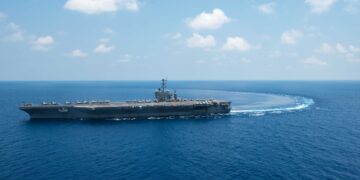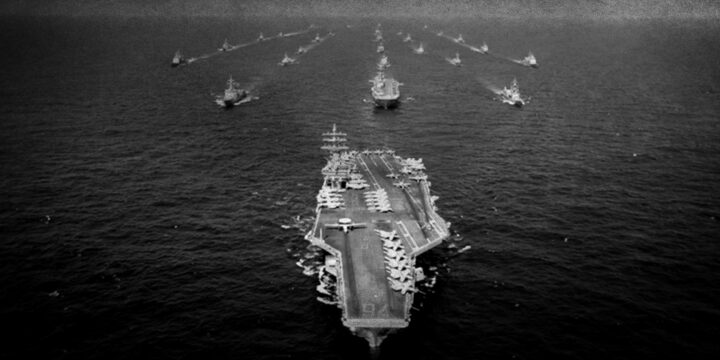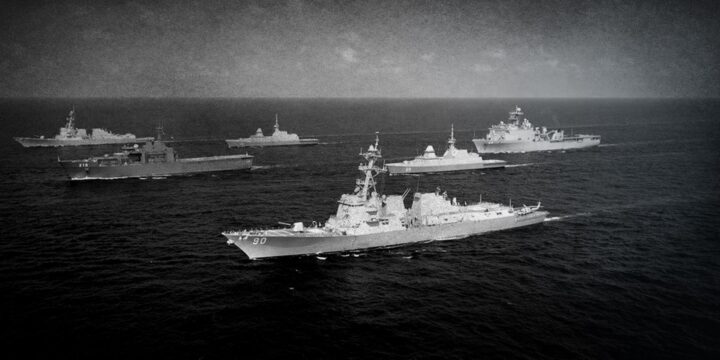August 20, 2025
Is an amphibious invasion of Taiwan really imminent?
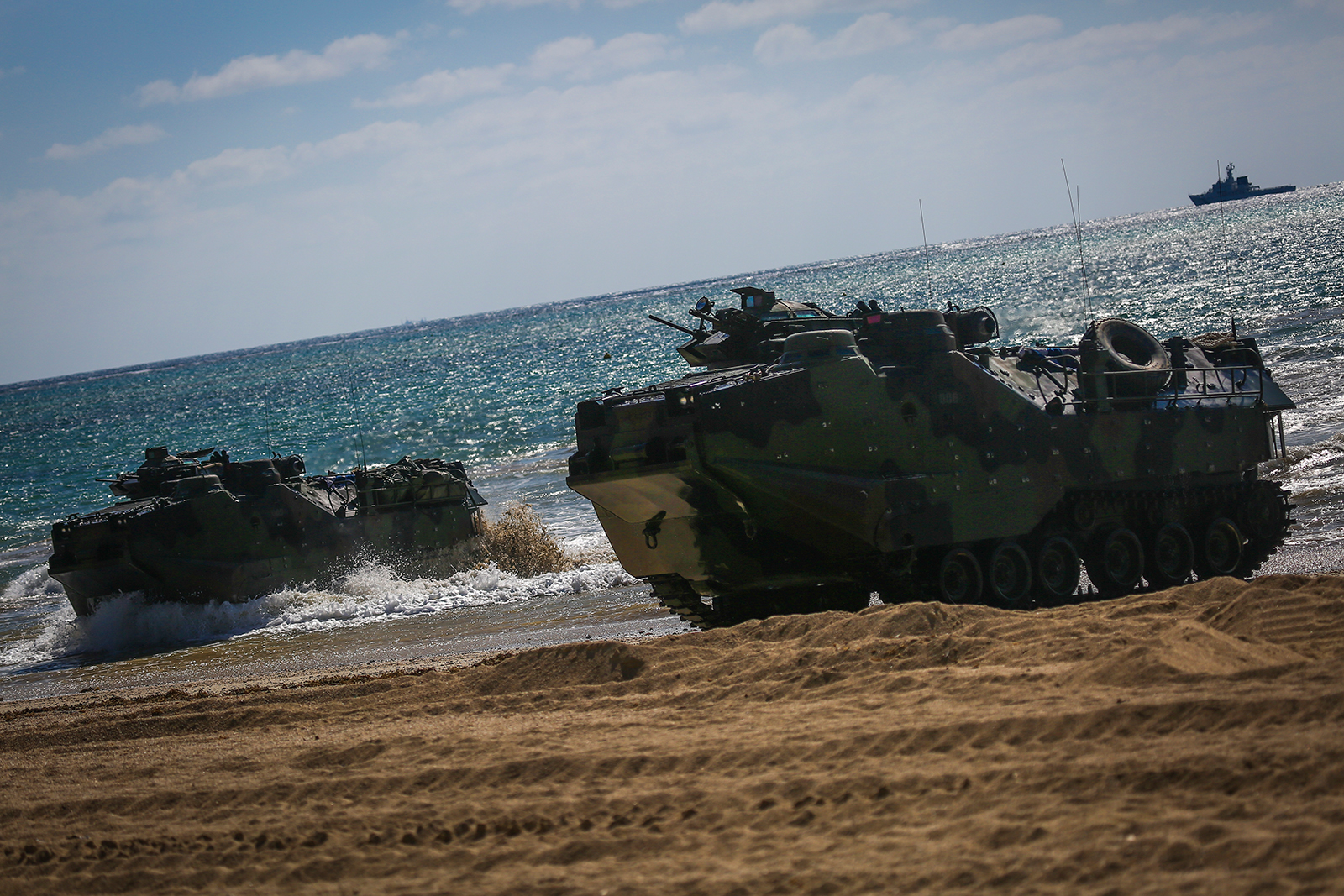
In an address at National Taiwan University on Aug. 4, virtual reality inventor cum military hardware hawker Palmer Luckey painted a stirring picture of superweapons, drone submarines, and autonomous missiles, with which Taiwan could “fashion itself into a veritable floating fortress” and forestall invasion and annexation by the People’s Republic of China, just 80 watery miles away. But a fixation on weapons and tech misses the most vital ingredient in maintaining Taiwan’s independence: will.
A full-fledged Chinese invasion of Taiwan is what the US military calls the “EMDCOA,” or the “Enemy’s Most Dangerous Course of Action.” Far more probable, under the sibling heading of “EMLCOA” (“Enemy’s Most Likely Course of Action”), is a continuum of subversion and pressure tactics, designed to convince the Taiwanese and their leaders that submission to China is the only viable path forward.
A campaign of military annihilation, at sea and ashore, is still a daunting proposition. Geography has made Taiwan a tough nut to crack. Treacherous tides and limited viable beaches constrain the timing and targets of an invading force. Once ashore, Chinese troops will confront dense cities, open agricultural land, and the highest mountains in East Asia. To ensure success, a Chinese invasion would have to be the largest amphibious operation in history. In lieu of initiating landings that could become a prolonged and bloody campaign, China could attempt a coup de main, but the outcome of Russia’s effort at one in Ukraine argues against such a gambit.
More on Asia

Featuring Lyle Goldstein
December 9, 2025
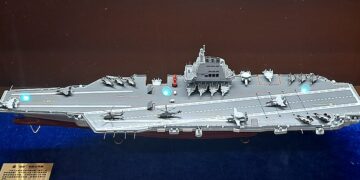
Featuring Lyle Goldstein
November 14, 2025

Featuring Jennifer Kavanagh
November 5, 2025



